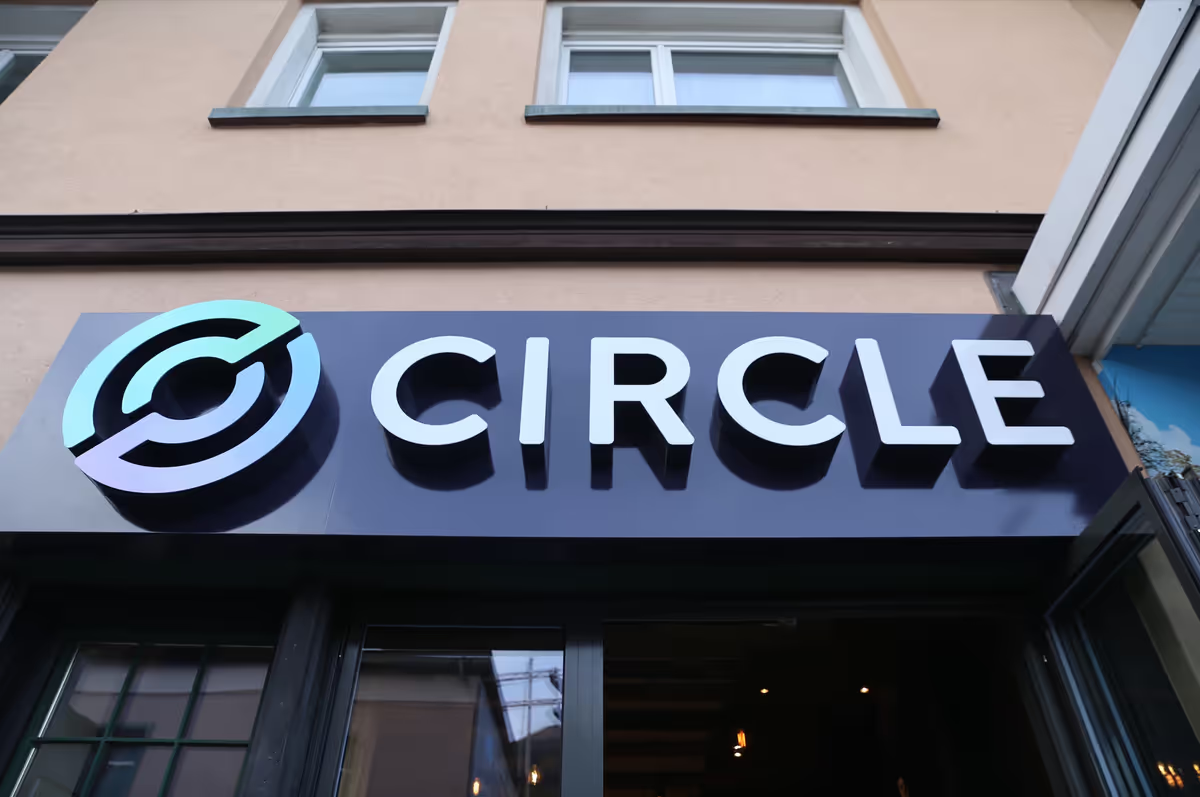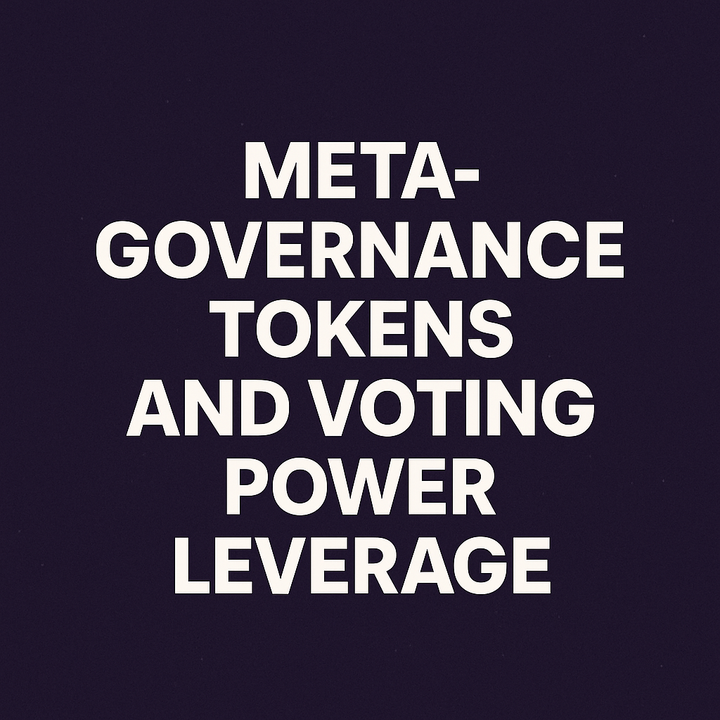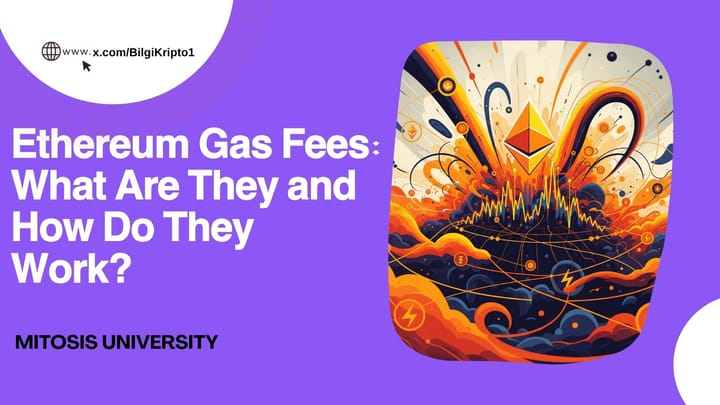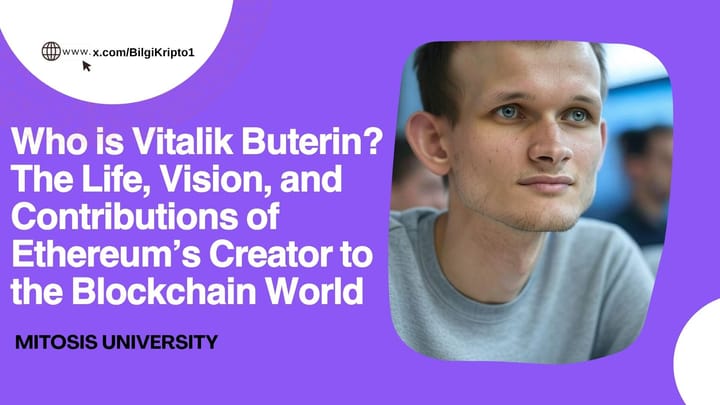Circle’s IPO Fuels Confidence in Stablecoins and USDC

Circle Internet Financial the company behind the USDC dollar-backed stablecoin made a splash with its June 2025 IPO. Shares priced above expectations at $31 apiece, raising about $1.1 billion. The IPO was massively oversubscribed (around 25 times demand for shares), driving the final valuation to roughly $6.9 billion (about $8.1 billion fully diluted). Notably, major institutional investors showed strong interest: asset managers BlackRock and ARK Invest (Cathie Wood’s firm) each eyed roughly 10% of the offering. ARK planned to buy up to $150 million of stock, and reports indicate BlackRock intends to similarly invest in the new shares. This robust demand – from long-term holders – allowed Circle to upsize the offering (from an original ~24 million shares to about 34 million sold) and price above the marketed range.
These outcomes higher-than-expected pricing and eager institutional take-up – underscore growing comfort with crypto firms in public markets. As one analyst noted, Circle’s IPO “blew past” its expected range, signaling that well-known financiers believe in its business model. The debut also drew attention on social media to the mantra “Not your keys, not your crypto,” as observers compared Circle’s custodial model to decentralized ideals. However, Circle emphasizes that its model is built on transparency and sound finance: its USDC reserves are publicly auditable (managed by BlackRock) and it already generates real profits (about $155 million net profit on $1.76 billion revenue in 2024).
What Is Circle and Why Does USDC Matter?
The Basics of USDC
Circle is best known for issuing USDC, a dollar-pegged stablecoin. USDC has become a backbone for payments, DeFi, and on-chain trading. By March 2025, over $25 trillion in transactions had run through USDC. It is the second-largest fiat-collateralized stablecoin, with $61 billion in circulation, covering about 29% of the market. Unlike volatile crypto assets, USDC is designed for stability and speed, making it ideal for both everyday users and institutions.
Circle’s Broader Product Suite
In addition to USDC, Circle issues EURC (a Euro-pegged stablecoin) and offers APIs for banking and fintech developers. This product ecosystem has generated strong recurring revenue and allowed Circle to serve as a bridge between traditional finance and the blockchain world.
Transparency and Wall Street-Grade Disclosure
By going public, Circle brought Wall Street’s standards of transparency to stablecoins. Its IPO involved detailed SEC filings and open audits of its USDC reserves, which are managed in a BlackRock money-market fund. As of May 2025, that fund held over $53.3 billion in reserves. This managed-reserve model has become a selling point, with regulators and institutions regarding USDC as a safer stablecoin compared to less-audited alternatives.
The IPO: Details, Demand, and Investor Confidence
Share Pricing and Deal Structure
Circle’s shares were priced at $31, above the $27–$28 guidance, raising $1.1 billion with 34 million shares sold. The strong demand was apparent as orders outpaced supply by 25 to 1, letting Circle expand the deal twice.
Who Bought In?
Institutional investors were central to the deal. ARK Invest and BlackRock each aimed for about 10% of the IPO, with other major players like Slow Ventures, CMCC Global, Round13, and Quantstamp also participating. Notably, Circle’s co-founder emphasized that allocations favored long-term, “sticky” investors, helping to support price stability post-IPO.
Oversubscription and Long-Term Vision
With so much demand, Circle prioritized buyers likely to hold shares rather than flip them, resulting in a strong foundation for its market debut. This approach mirrors some of the allocation models seen in major DeFi campaigns, where long-term engagement is rewarded over short-term speculation.
Why Circle’s IPO Matters for Crypto and Stablecoins
Financial Strength and Global Expansion
The $1.1 billion capital raise gives Circle the resources to scale USDC worldwide, launch new products, and ride out any crypto market volatility. Wall Street backing also boosts Circle’s reputation as a mature financial player.
Reinforcing USDC’s Credibility
USDC already processes trillions in annual volume, making it an integral part of both retail and institutional crypto markets. Now, with the transparency and compliance required of a public company, USDC could see even wider adoption by banks and businesses that demand regulatory certainty.
Competitive Edge and Industry Precedent
By positioning USDC as a “trust-first” stablecoin, Circle can better compete with market leader Tether (USDT), especially for users and institutions that value transparency and regulation. The IPO also sets a benchmark for other crypto companies looking to enter public markets, potentially leading to more mainstream adoption of blockchain finance.
Ripple Effects Across DeFi
Circle’s IPO signals that large, regulated crypto companies can thrive on Wall Street. For everyday users, this means more confidence in USDC as a payment and settlement layer, plus a foundation for new services—possibly including integrations with platforms like Mitosis.
Conclusion: A New Era for Stablecoins and On-Chain Finance
Circle’s IPO is more than just a fundraising event—it’s a proof point that regulated, transparent, and profitable crypto companies can win over both the public markets and institutional investors. As USDC cements its role as a global stablecoin, projects across the DeFi landscape, including Mitosis, may see greater demand for secure, regulated on-chain dollars and seamless integration with traditional finance.



Comments ()